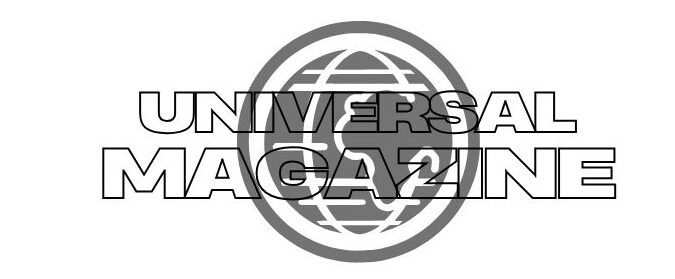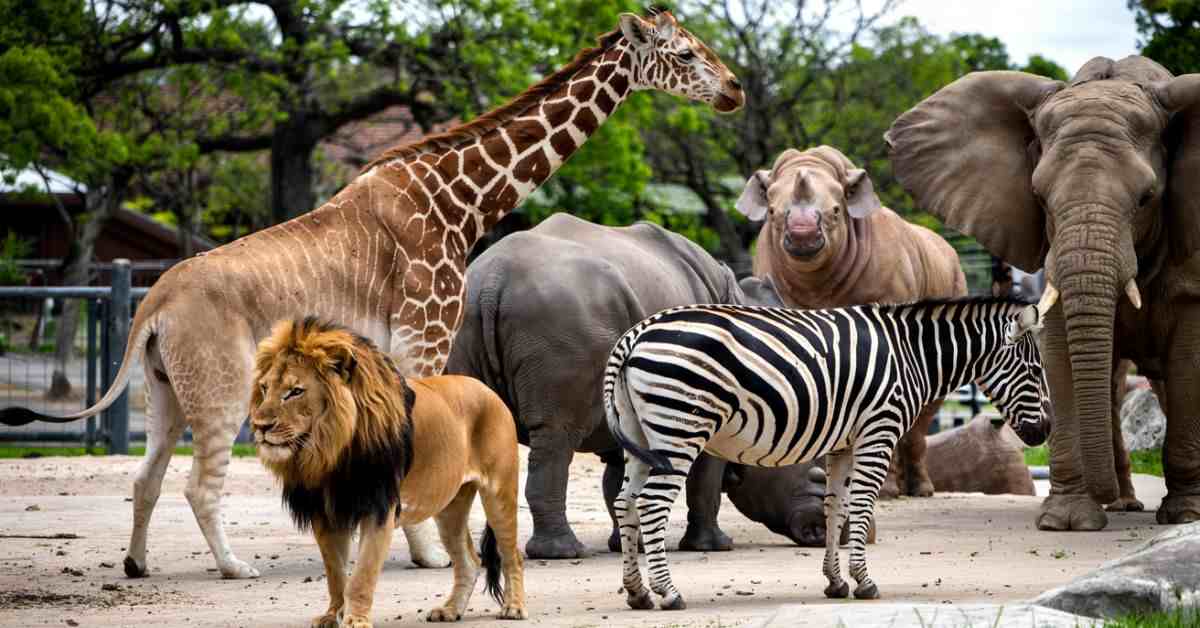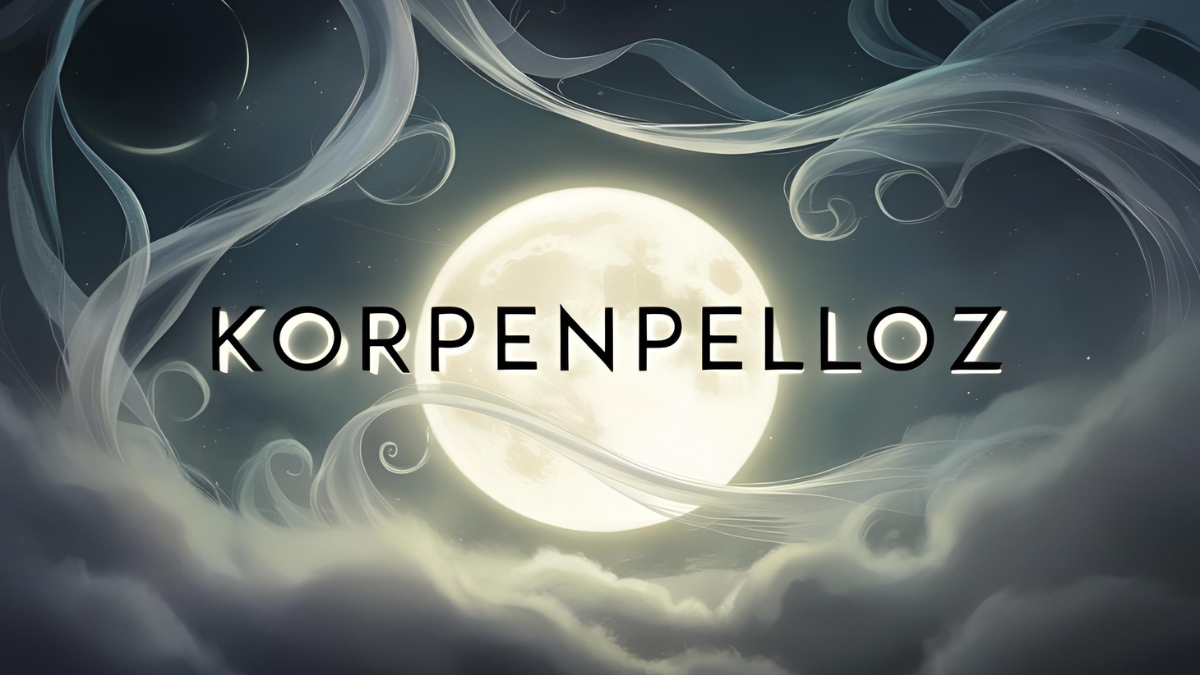Due to its strange nature, Art of Zoo comes with unjustified negative public perception regarding disturbing video posts of illicit animal content. The term Art of Zoo identifies a worrisome online movement that is actually unrelated to zoological establishments or art exhibitions. Every person should avoid dangerous online areas to maintain safety.
Have you encountered the strange phrase Art of Zoo without understanding its meaning? The unusual name conceals an extremely dangerous internet practice that operates differently from its apparent definition. Users should understand the truth about Art of Zoo while staying clear of these dangerous digital spaces.
Art of Zoo appears as an artistic label, yet it links to dangerous animal-related content on the internet. People should know the true definition of these damaging zones to prevent their usage.
What Is the “Art of Zoo”?
When animal abuse material attempts to avoid legal detection through flagrant misuse of the term “art,” officials refer to this activity as “Art of Zoo.” The practice lacks either ethical grounds or a moral basis while connecting to unlawful practices that inflict harm. The production and distribution of this content violate the law and result in animal abuse because animals cannot provide consent to such treatment.
The framing of such content as artistic work hides destructive animal abuse and the fundamental safety incident it represents. The violation of animal rights through this content exists in ways society should never approve. People need to stay updated about such issues so they can properly report damaging content to safeguard animals as well as online groups.
Origins and Spread of the Term
Due to unclear beginnings, the expression “Art of Zoo” appears in particular digital communities where people share content that conventional platforms restrict. The writer possibly incorporated the word “art” into the term to make the content seem artistic despite its actual nature.
Lincoln Park Zoo: Defining an Urban Zoo
The Lincoln Park Zoo stands as a prime urban zoo within Chicago because it unites conservation work with community education. The zoo brings its animal encounters directly to urban residents and tourists who remain in the active city center.
A Green Oasis in the City
Lincoln Park serves as the sanctuary for this zoo because it creates a natural oasis for exploration right in the middle of downtown Chicago.
Commitment to Conservation
The zoo dedicates itself to animal conservation by taking part in worldwide initiatives protecting endangered species together with their natural habitats.
Engaging Educational Programs
Through its combination of hands-on displays and educational initiatives, the zoo provides learning experiences that benefit people of different ages to understand exotic animals and environmental preservation.
Free and Accessible
As one of the few free zoos in America, Lincoln Park Zoo allows all sections of society to participate in educational entertainment free of charge.
Minnesota Zoo: Be true to yourself
Visitors at the Minnesota Zoo should respect their own identity while developing personally while connecting with the natural world. Visitors at this zoo based in Apple Valley can both bond with wildlife and review their influence on nature. People can find their genuine interest in wildlife conservation within this specific space.
The zoo creates meaningful ways to display information, which enables visitors to learn how they may maintain their true values while contributing positively to their world. The institution focuses on protecting wildlife as well as habitats so all people can remain authentic protectors of the planet for generations to come.
Ethical and Legal Implications
The promotion or study of animal explicit content qualifies as abuse and remains an illegal offense under the laws of various nations. The practice represents a wholesale unethical violation because animals remain unable to grant their permission for usage under these circumstances.
Legal Consequences
The ownership or distribution of “Art of Zoo” material results in potentially severe penalties through legal prosecution that can produce both fines and imprisonment. These activities remain under active enforcement by law enforcement agencies whose mission is both animal welfare protection and law enforcement.
Ethical Considerations
The practice of “Art of Zoo” content presents serious ethical problems. An animal exploitation process through abuse exists that violates both their rights and well-being. The sharing or entertainment of this kind of content promotes harm in addition to teaching abusive practices.
green design in zoo
- Sustainable Architecture: Zoological facilities implement environmentally friendly resources together with energy-efficient building structures to lessen their impact on the environment.
- Natural Habitats: Animal habitats that replicate their natural settings create conditions for better health and wildlife preservation.
- Green Spaces for Visitors: Museums with animal collections provide their guests with green open areas and botanical areas that provide natural environment enjoyment.
How animal behavior drives zoo design
The design of zoos depends heavily on animal behavior research to develop environments that fulfill the wild instincts of their inhabitants. Zoos determine comfortable and enriching spaces through observation of animals’ interaction with their surroundings, which leads to physical and mental well-being promotion.
Natural Habitat Simulation
Zoo exhibits designed to match wild environments naturally stimulate animals to display their native behaviors, including foraging, eating, tree-climbing, and swimming motions.
Space for Movement
Living spaces must have sufficient room so animals can explore and display instinctive behaviors, which minimizes stress and enables physical wellness.
Enrichment Features
Zoological environments benefit animals by adding puzzles and toys and providing varied terrain elements, which duplicate wilderness tests and spark both animal thinking and emotional states.
The Role of Social Media
Social media platforms function as key drivers for spreading trends starting from “Art of Zoo.” These digital platforms both help their users and create difficulties regarding platform content management systems and protecting user security. Much like they must ensure free speech, they also need to maintain their duty to stop dangerous content growth.
Modern social media platforms achieve content removal through the combination of sophisticated algorithms with artificial intelligence technology that identifies explicit visual content. The collaborative work with animal welfare organizations enables the creation of standard operating procedures with best practices for handling these situations.
Conclusion
Virtual communities display an alarming trend that shows the most disturbing aspects of content-sharing methods. The process of understanding “Art of Zoo” and how it started, along with its current status, helps develop proper solutions for its control. The goal of establishing a safer, more compassionate online environment can be achieved through increased awareness efforts and strict law enforcement accompanied by ethical behavior promotion.
FAQs:
What is the “Art of Zoo”?
The phrase “Art of Zoo” represents dangerous illegal material that mixes animal and human elements. The practice should stay away from all possible negative consequences because it represents harm and unethical conduct.
What factors make “Art of Zoo” dangerous?
The material flagrantly endangers animals while simultaneously permitting cruel treatment of them in contravention of legal codes throughout various nations across the globe. Both legal requirements and ethical standards get violated by this act that inflicts major injuries on animals.
Which methods should I use to defend my computer from “Art of Zoo” content?
Take caution while browsing the internet and stay away from suspicious links, and report all inappropriate content to both the authorities and platform moderators to protect internet safety.




